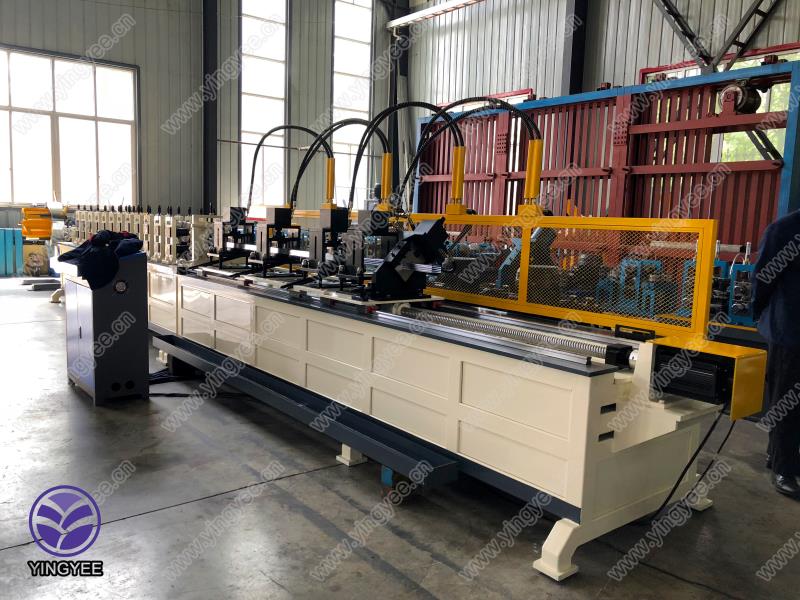
The Process and Importance of Mild Steel Pipe Making Machines
In the world of industrial manufacturing, mild steel pipes play a crucial role across various sectors, including construction, automotive, and infrastructure development. To meet the growing demand for mild steel pipes, manufacturers rely on advanced machinery, specifically designed for pipe production. This article delves into the technology, processes, and significance of mild steel pipe making machines.
Understanding Mild Steel
Mild steel, also known as low carbon steel, contains a low percentage of carbon, usually around 0.05% to 0.25%. This composition grants the material excellent ductility, malleability, and weldability, making it ideal for pipe production. Mild steel pipes are favored for their strength, durability, and cost-effectiveness, which are critical in both structural and fluid transport applications.
The Pipe Making Process
The production of mild steel pipes typically involves several stages, from material preparation to finishing. Here’s a breakdown of the primary stages involved in the pipe-making process
1. Material Preparation The process begins with the selection of raw mild steel coils or plates. These materials are often sourced from reputable suppliers to ensure consistent quality. The steel is then cut into manageable sizes for further processing.
2. Forming The cut steel sheets are subjected to a forming operation, usually through roll forming or extrusion. In roll forming, the steel passes through a series of rollers that progressively shape it into a tubular form. Extrusion involves forcing the material through a die to create the desired pipe shape.
3. Welding After forming, the edges of the steel are brought together and welded. The most common welding techniques used in pipe production include Electric Resistance Welding (ERW) and Submerged Arc Welding (SAW). These methods ensure a strong and continuous seam along the pipe length.
4. Sizing and Cutting Once welded, the pipes are sized to maintain uniform dimensions. This stage often employs a sizing machine that adjusts the diameter and wall thickness as required. After sizing, the pipes are cut to the specified lengths using automated cutting tools.

5. Inspection and Testing Quality control is paramount in the pipe production process. Each pipe undergoes rigorous inspection, including visual checks and non-destructive testing methods, such as ultrasonic or magnetic particle tests. These evaluations ensure that the pipes meet industry standards and specifications.
6. Finishing The final stage involves applying protective coatings to prevent corrosion, particularly for pipes intended for outdoor use or those that will carry fluids. Common finishing techniques include galvanizing, painting, or powder coating.
The Importance of Mild Steel Pipe Making Machines
Mild steel pipe making machines are vital for a range of reasons
- Efficiency Automated machines significantly enhance the production rate, allowing manufacturers to meet high demand without compromising quality. This efficiency translates to reduced production costs and quicker turnaround times.
- Precision and Consistency Advanced machines ensure that every pipe produced adheres to stringent dimensional tolerances. This precision is essential, especially in applications that require a high degree of reliability.
- Flexibility Modern pipe-making machines are often versatile, capable of producing various pipe sizes and specifications. This adaptability allows manufacturers to respond swiftly to changing market demands.
- Safety and Compliance High-quality machinery often comes equipped with safety features that protect operators during the manufacturing process. Additionally, adherence to industry standards ensures that the final products meet regulatory requirements, minimizing the risk of failure in the field.
Conclusion
Mild steel pipe making machines are an integral part of the manufacturing landscape, facilitating the efficient production of one of the most widely used materials in modern industry. As technology continues to evolve, these machines become increasingly sophisticated, helping manufacturers to enhance productivity while maintaining high standards of quality and safety. In a world driven by infrastructure development and industrial growth, the significance of mild steel pipes—and the machines that create them—cannot be overstated.